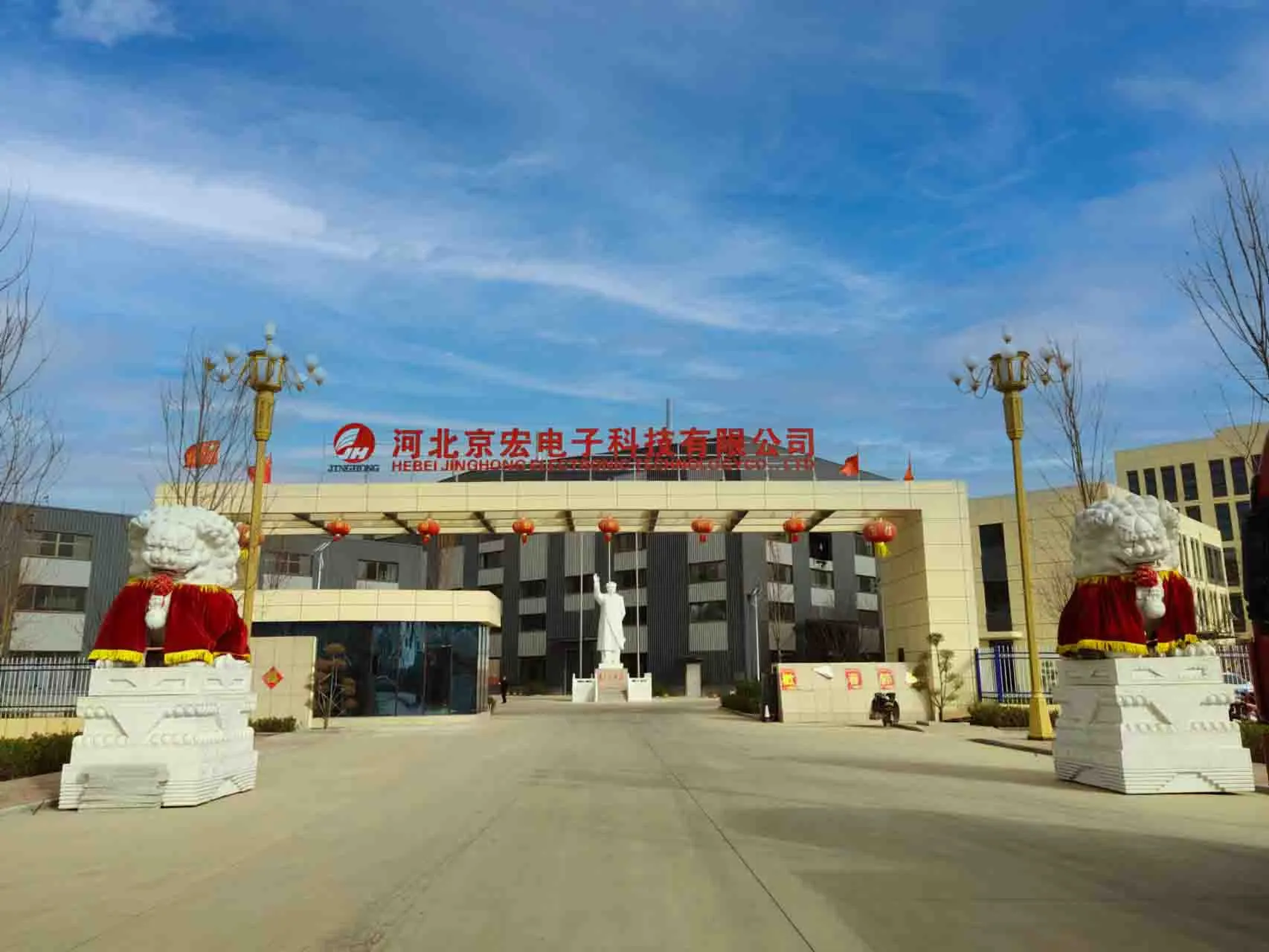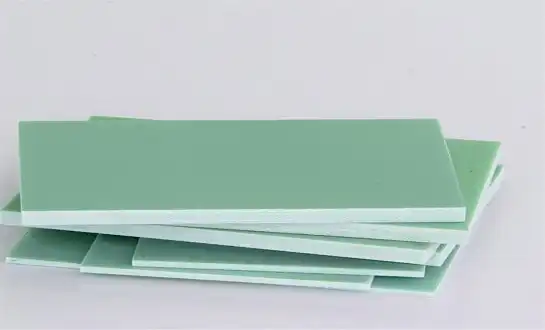To find NEMA CE-compliant products, you need to plan ahead, have scientific knowledge, and work with dependable suppliers. It's getting harder and harder for project managers in the power, industrial machinery, and electrical manufacturing sectors to find high-quality NEMA CE sheet materials that meet both performance requirements and legal compliance standards. This complete guide shows you how to buy insulation materials in a way that prevents problems and meets important safety standards, making sure your projects stay operationally excellent. Knowing the details of NEMA grade materials, CE marking standards, and source evaluation criteria can have a big effect on how long a project takes, how much money is spent, and how reliable the system is in the long run.

Understanding NEMA CE Standards and Compliance Requirements
The National Electrical Manufacturers Association (NEMA) sets performance guidelines for electrical shielding products that are used in many workplace settings. These standards make sure that materials have the right insulating strength, heat resistance, and mechanical qualities for harsh conditions. If something has a CE mark on it, it means it meets European safety, health, and environmental protection guidelines.
Materials used in modern factories need to be able to handle high temperatures, chemicals, and mechanical stress. NEMA grade materials are put through a lot of tests to make sure they are resistant to flames, stable in their dimensions, and good at conducting electricity. To make smart choices about where to get materials, project managers need to know these technical details.
Checking for compliance means looking over certificates, test results, and quality control systems for the materials. Companies that sell approved materials keep records that show they follow UL standards, RoHS guidelines, and REACH rules. During project checks and governmental reviews, this paperwork is very important.
The intersection of NEMA specifications and CE requirements creates complex procurement scenarios. Both American electricity standards and European safety tests must be met by the materials. This dual compliance rule changes how materials are chosen, how tests are done, and how suppliers are qualified.
Key Material Types: FR4, Epoxy Boards, and Phenolic Sheets
When it comes to printed circuit boards and electrical protection systems, FR4 glass epoxy laminates are the norm. These materials have great electrical qualities, as well as great dynamic strength and temperature stability. For best CNC machinability, manufacturing processes need tight limits for thickness and a uniform surface quality.
Better performance for high-temperature uses in power generation and distribution systems is offered by 3240 epoxy boards. Because they are better at resisting arcs and flames, they are perfect for use in circuit systems and motor parts. Extreme temperature cycling doesn't affect the structural stability of these materials.
For use in industrial machines, phenolic cotton sheets have great mechanical qualities and are resistant to wear. They are useful for gear parts and structure spacers because they can handle high mechanical loads and provide reliable electrical protection. With the cotton cloth support, the dimensions stay stable even when the weather changes.
Sheets of bakelite are still used in important ways to make home appliances and parts for cars. Their stable performance patterns and low cost of production make them suitable for mass production. The quality of these products stays the same over long production runs, and the prices stay low.
Supplier Evaluation and Quality Assurance Protocols
To do a good job of evaluating a provider, you need to look at their producing skills, quality processes, and expert help resources. Project managers have to look at how much can be made, how complex the equipment is, and how the process can be controlled. These things directly affect how consistent the stuff is and how reliable the service is.
Quality assurance plans should include checking arriving materials, keeping an eye on the process, and checking the finished product. Suppliers who keep their ISO license show that they are dedicated to using organized methods to quality management. Regular quality checks make sure that set standards and specs are still being followed.
Having the right technical help skills is very important during the material decision and application creation stages. Experienced providers offer technical help for optimizing materials and making working suggestions. This working together improves project results and shortens development times.
Stability in the supply chain affects how projects are planned and how risks are managed. It is more likely that materials will be available if the supplier has a wide range of buying networks and warehouse management systems. Long-term partnerships make it easier to coordinate plans and find ways to cut costs.
Industry-Specific Application Requirements
Companies that make electronics and electrical parts need NEMA CE sheets that can support improved semiconductor packing and integrated circuit uses. In these settings, the insulating qualities and temperature control must be very good. For signal processing tasks, materials need to have low electrical losses and stable frequency response properties.
When it comes to industrial machines, mechanical longevity and wear protection are very important. Material selection is now improved by machine learning methods that look at working factors and past performance. Embedded systems need materials that can keep up with the trend toward reduction while still meeting safety standards.
Applications in the power sector put a high value on flame protection and temperature stability. When making transformers, they need materials that can handle high voltage stress and changes in temperature. When used as an arc shield, materials must have excellent tracking resistance and flame safe qualities.
More and more, lightweight materials are being used in automotive uses to help the growth of electric vehicles. For battery pack uses, you need materials that keep heat out and keep electricity from flowing through them. Computer vision systems need clear materials with certain visual qualities and exact measurements.
Cost Optimization and Procurement Strategies
To handle costs well, you need to know the total cost of ownership, which goes beyond the starting price of the materials. The general project numbers include costs for transportation, keeping supplies, and quality-related costs. Planning strategically for buying can cut these extra costs by a large amount.
Combining volumes from several projects into one makes it easier to negotiate better prices. Most of the time, suppliers offer better prices for big orders and long-term agreements. For this method to work, different project teams and buying groups need to work together.
Standardizing materials makes things easier to understand and saves money. Keeping material changes between product lines to a minimum makes managing supplies and working with suppliers easier. Standardization also makes it easier to provide professional help and fix problems.
Comparing different types of materials can help you find ways to save money without sacrificing function. As new materials and working methods come out, the choices that are offered keep growing. Market study done on a regular basis finds new answers and competing options.
Conclusion
To successfully source NEMA CE sheets, you need to plan ahead, have technical knowledge, and build relationships with trusted suppliers. While balancing performance standards, cost concerns, and delivery dates, project managers have to deal with complicated legal requirements. Knowing the properties of the materials, the skills of the suppliers, and the unique needs of the business helps you make smart purchasing decisions that support the success of the project. Because insulation products and government rules are always changing, we need to keep learning and adapting. When you build strong ties with skilled providers, you get professional help, quality guarantee, and the stability of the supply chain, all of which give you a competitive edge. To get the best results from a project, buying strategies that work combine thorough review methods with long-term relationship building.
Partner with J&Q for Your NEMA CE Sheet Manufacturing Needs
To achieve buying success, you need to work with NEMA CE sheet makers who have a lot of knowledge and know the problems your business faces and the technical needs you have. J&Q can help you reach your project goals with their more than 20 years of experience making insulation materials and their 10 years of experience dealing internationally.
As a full-service manufacturer, we can make FR4 glass epoxy laminates, 3240 epoxy boards, phenolic cotton sheets, and Bakelite products that meet strict NEMA and CE safety standards. Modern production centers make sure that the quality of all types of material is the same, and they also keep delivery times short.
Quality management systems include strict rules for testing and keeping certifications up to date. During the whole process of choosing the right material and making it work better, our expert team helps with application engineering. This joint method makes sure that the materials meet your needs perfectly.
Our dedicated transportation network and integrated operations skills make it easy to coordinate deliveries and keep track of goods. This all-inclusive service method makes buying easier while making sure that materials are always available for important project deadlines.
Enjoy the benefits of working with a reliable partner who knows how complicated it is to get materials these days. Our dedication to technical quality and customer service builds long-lasting relationships that help you reach your long-term business goals. Email us at info@jhd-material.com to talk about the materials you need and find out how our experience can help your next project.
References
National Electrical Manufacturers Association. "NEMA Standards for Industrial Laminated Thermosetting Products." NEMA Publication LI 1-2019. Arlington, VA: NEMA, 2019.
European Commission Directorate-General for Internal Market. "Guide to the Implementation of Directives Based on the New Approach and the Global Approach." Luxembourg: Publications Office of the European Union, 2016.
Institute of Electrical and Electronics Engineers. "IEEE Standard for Test Methods for Evaluating Solid Insulating Materials." IEEE Std 98-2002. New York: IEEE, 2002.
International Electrotechnical Commission. "Electrical Insulating Materials - Methods of Test for the Determination of the Glass Transition Temperature." IEC 60216-4-1:2016. Geneva: IEC, 2016.
Underwriters Laboratories. "Standard for Safety of Polymeric Materials - Use in Electrical Equipment Evaluations." UL 746A. Northbrook, IL: UL, 2018.
American Society for Testing and Materials. "Standard Test Methods for Flexural Properties of Unreinforced and Reinforced Plastics and Electrical Insulating Materials." ASTM D790-17. West Conshohocken, PA: ASTM International, 2017.





